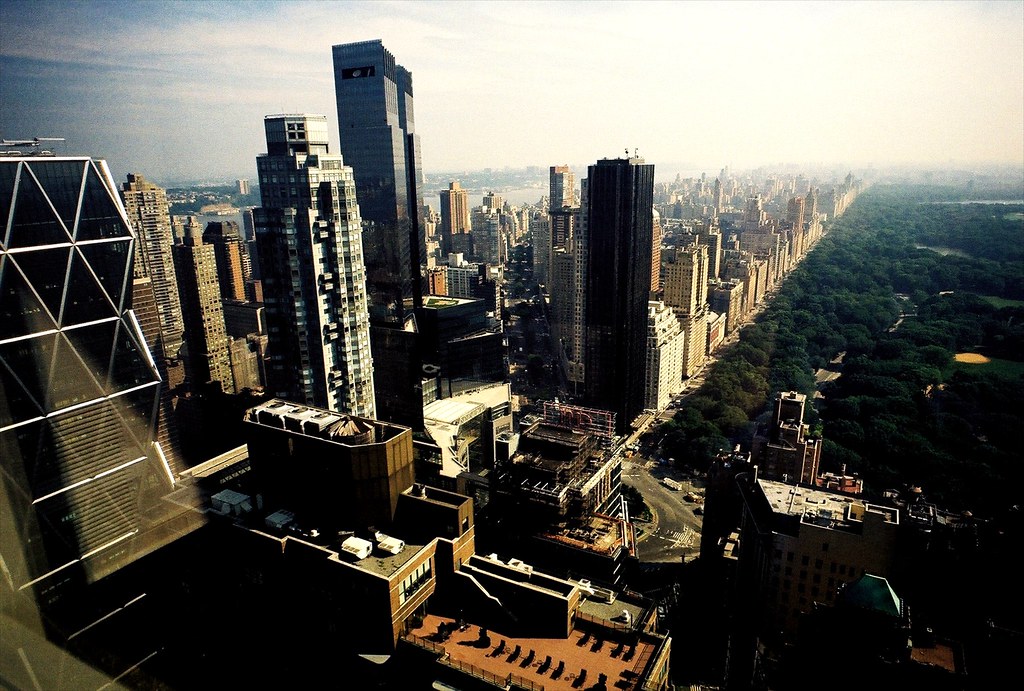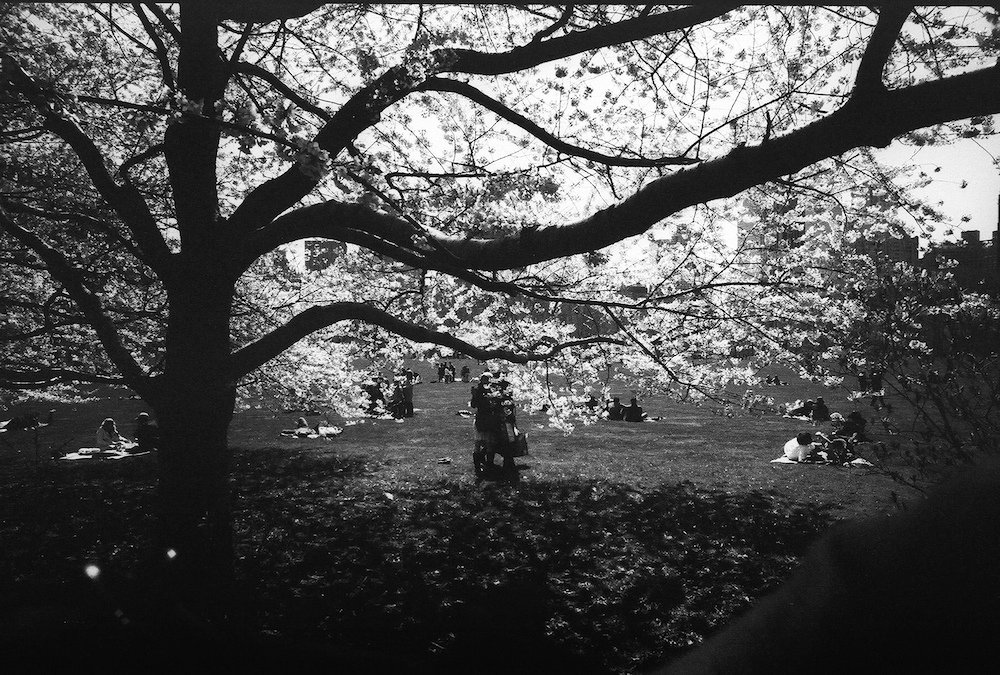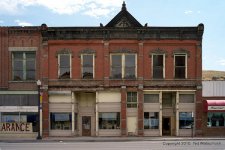MCTuomey
Veteran
The best way out is to get your taking position right so that the camera can be level and the framing is correct. That way there is simply no need for a view camera. Of course that is not always feasible but is often overlooked when it is. It's just too easy to point the camera up or down rather than move yourself to the optimum position (which might include getting yourself into a middle floor of a building opposite).
Apologies if this is OT, but I found your post interesting.
What happens when you've got the camera level and the framing "correct" and you find yourself with a whole lot of street/parking lot/other in the foreground that's unwanted? You can change lenses. You can crop later. Or, if you have movements you can shift upward and eliminate the unwanted foreground in a few seconds.
Ok, one doesn't "need" a view camera. Just saying there's very often a lot of value in a view camera's movements which is why I like my 35mm T-S lenses a lot.










